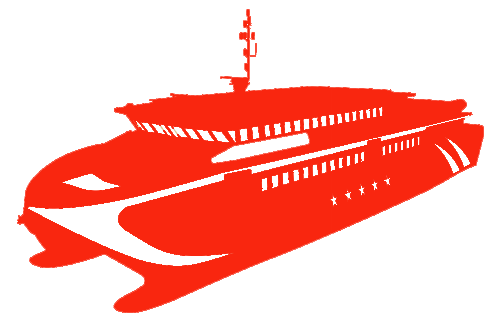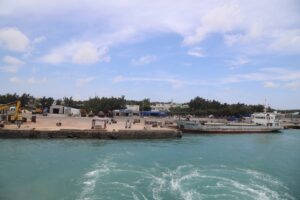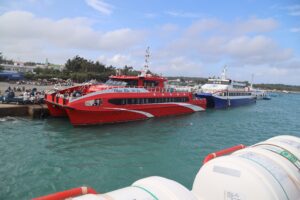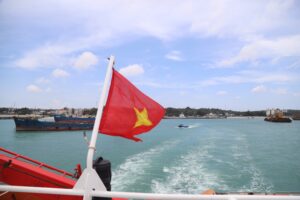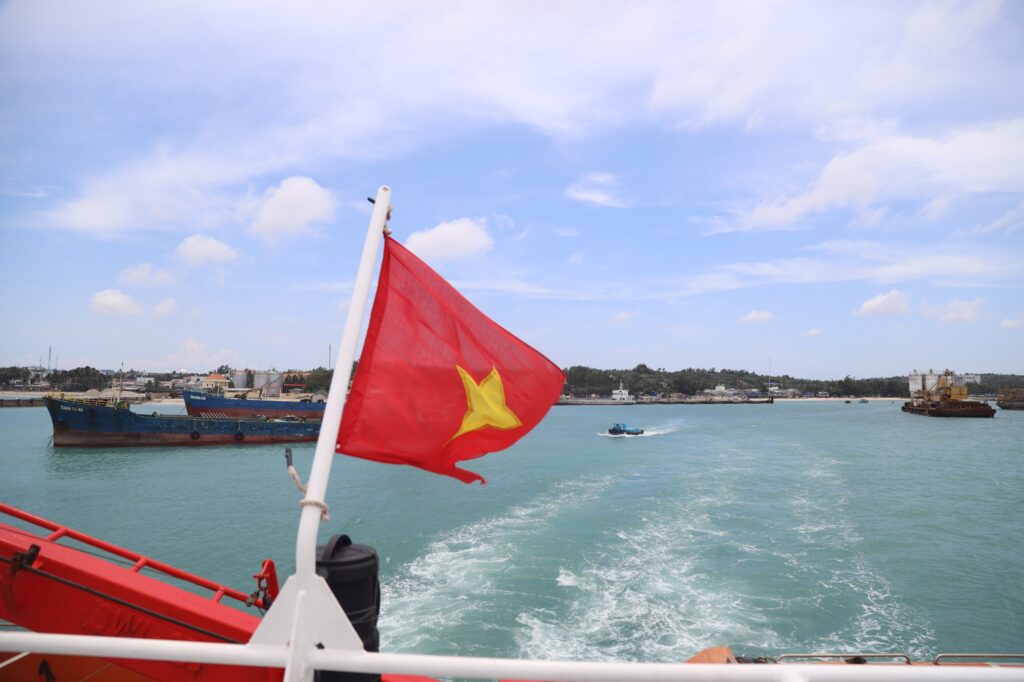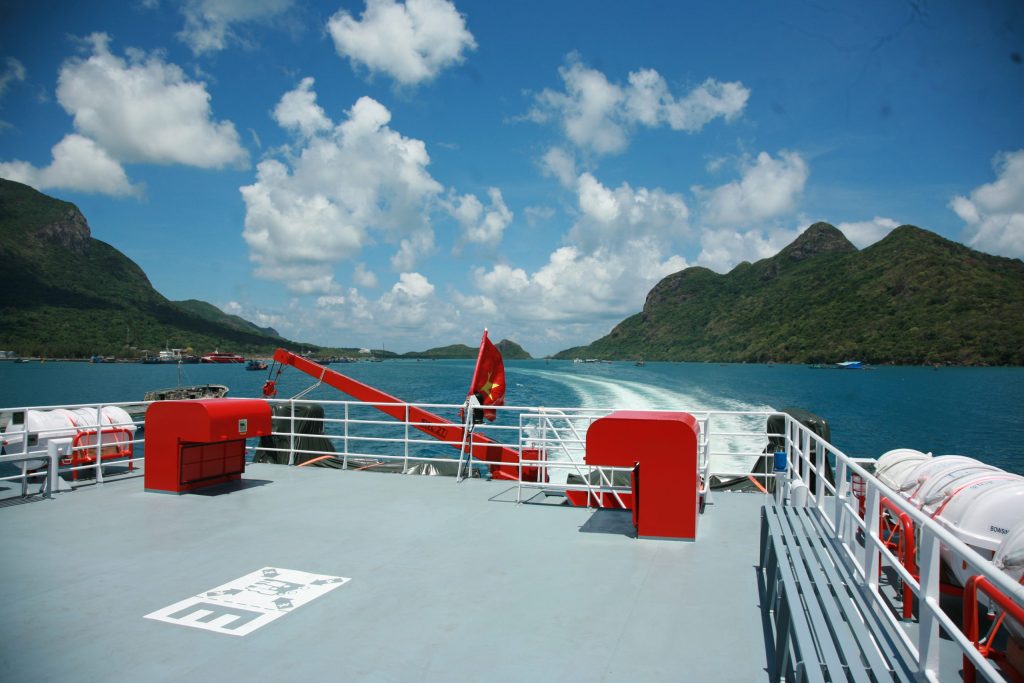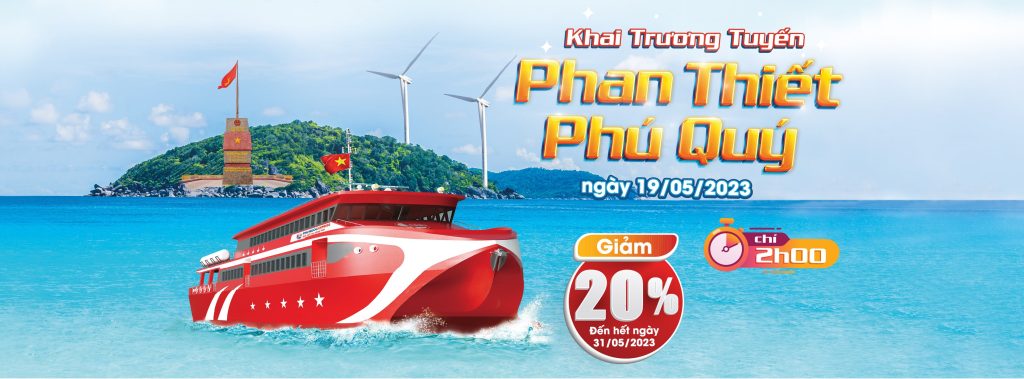Like every beloved corner of this beautiful country, Cù Lao Thu Island has long stood resilient against the test of time and the forces of nature. Throughout this enduring journey, the cultural heritage passed down by our ancestors continues to be preserved in the memories, hearts, and souls of later generations. Just as the national treasure of legends includes the tale of Lạc Long Quân and Âu Cơ—the mythical ancestors of the Vietnamese people—Phú Quý, a small island shaped like a mackerel fish, has its own touching and fascinating legend: the story of Ông Đụn and Bà Giàng.
The tale goes that long ago, an elderly couple named Ông Đụn and Bà Giàng came from a distant land to settle on the island. They had no children and no known relatives. Time passed quietly… Until one day, storm clouds gathered, thunder rumbled, and the sea surged—frightening the islanders, who believed some divine sign was at hand. That day marked the parting of the couple: Ông Đụn journeyed to the mountains, and Bà Giàng descended into the sea. He chose a mountain at the island’s far end (now Triều Dương – Tam Thanh) as his final resting place, while she headed toward a rocky cape at the island’s tip (now Hải Châu – Ngũ Phụng). After their departure, the islanders’ lives grew more prosperous: crops flourished, the seas yielded bountiful harvests, and fortune smiled on the community. In gratitude, the people named the mountain Núi Ông Đụn (Mount Ông Đụn) and the rocky point Mũi Bà Giàng (Cape Bà Giàng), and they built small shrines in their honor.
As the island’s earliest known settlers who helped establish a life of abundance, Ông Đụn and Bà Giàng can be seen as cultural founders—folk heroes whose departure brought blessings to the land. Interestingly, unlike other mythical figures in Vietnamese legend, their story does not end with a miraculous transformation or divine ascension. Instead, it is quietly understood that they were sanctified after death and now spiritually protect the islanders.
Another version of the story tells that Ông Đụn was a migrant who came with a group from Triều Dương (in China) to settle on the island. As the oldest member of the group, he was chosen to lead as village chief. He was known for his extraordinary strength—said to be able to overpower ten buffaloes—and would climb the mountains daily to chop wood for building shelters.
After his death, villagers commemorated him by naming the mountain he frequented after him and worshipping him as a local deity. A shrine was built there in his honor. However, over time, this shrine fell into neglect. Local lore explains this as a consequence of Ông Đụn’s critical mistake: when pirate invaders known as the Tàu Ô attacked the island, Ông Đụn—though a god—remained indifferent, while other deities actively gathered to devise a defense. This perceived inaction led the people to abandon worship at his shrine.
Among the many deities worshipped on Phú Quý Island, Ông Đụn and Bà Giàng are unique in that they were never granted royal titles by the Nguyễn dynasty. Nor do they have dedicated death anniversaries like other deities. Instead, they are only invited to participate spiritually during the island’s spring and autumn offerings, or when rituals are held in honor of major deities such as the Whale God (Thần Nam Hải), the Lady Goddess (Bà Chúa), or the Master Spirit (Thầy Chúa).
We believe this may be because neither Ông Đụn nor Bà Giàng had particularly divine origins, and their arrival and departure were entirely ordinary. In the eyes of the people, they are more akin to village guardian spirits—figures who loved and nurtured the land they settled. And when they passed away, their spirits blended into the trees, the rocks, the land and sea, always watching over their homeland. The second version of the legend, especially, explains why the people today no longer maintain the shrine of Ông Đụn with incense and offerings.


